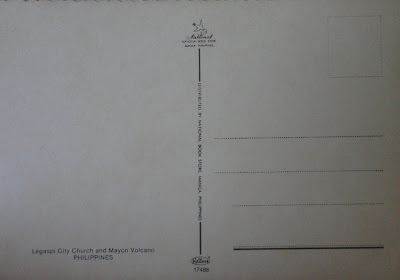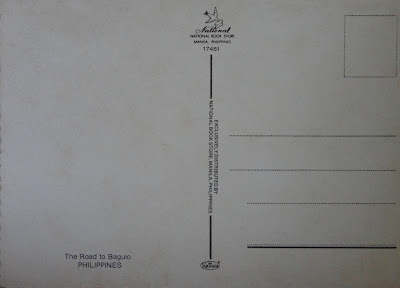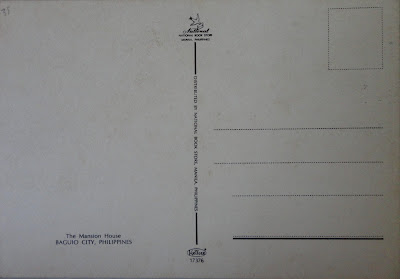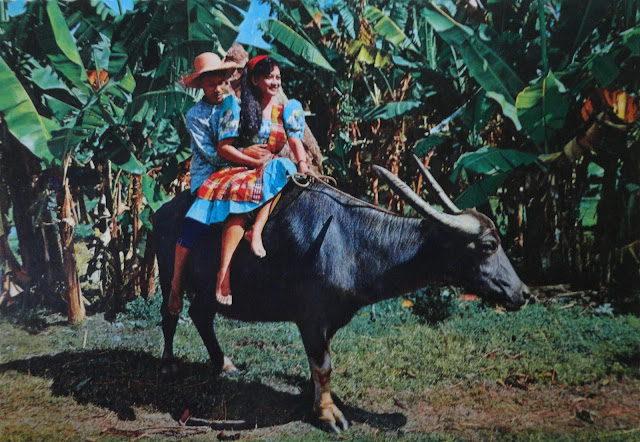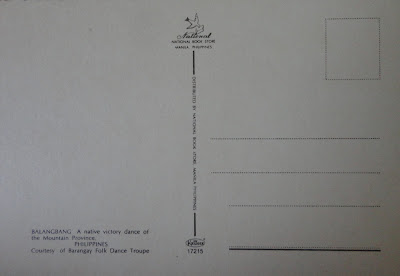Mayon Volcano
POSTCARD DETAILS:
Unused
Single View
Size: 4"x5.5"
Also seen in the postcard is the St. Raphael the Archangel Church in Legazpi Port District. The original church was built in 1834 through the generosity of Pedro Romero. This church was extensively damaged in the Second World War and has since been reconstructed to its present form.
Publisher: Kruger
Distributor: National Book Store (NBS)
Cost: N/A
Copyright: N/A
Barcode: N/A
Serial Number: 14788
VOLCANO DETAILS:
Renowned for its "perfect cone" because of its symmetric conical shape.
Official Filipino Name: Liwasang Pangkalikasan ng Bulkang Mayon
Etymology: Named after the legendary princess-heroine Daragang Magayon (Beautiful Lady)
Type: Active Stratovolcano
Elevation: 2,463 m (8,081 ft)
First ascent: Scotsmen Paton & Stewart (1858)
Location: Albay (Bicol Region), Philippines
DECLARATION/CLASSIFICATION:
Tangible Immovable Cultural Property
Mayon Volcano National Park (July 20, 1938, by Proclamation no. 292)
Mayon Volcano Natural Park (November 21, 2000, by Proclamation No. 413)
Albay Biosphere Reserve (March 2016, UNESCO World Network of Biosphere Reserves)
Tentative List of UNESCO World Heritage Sites


